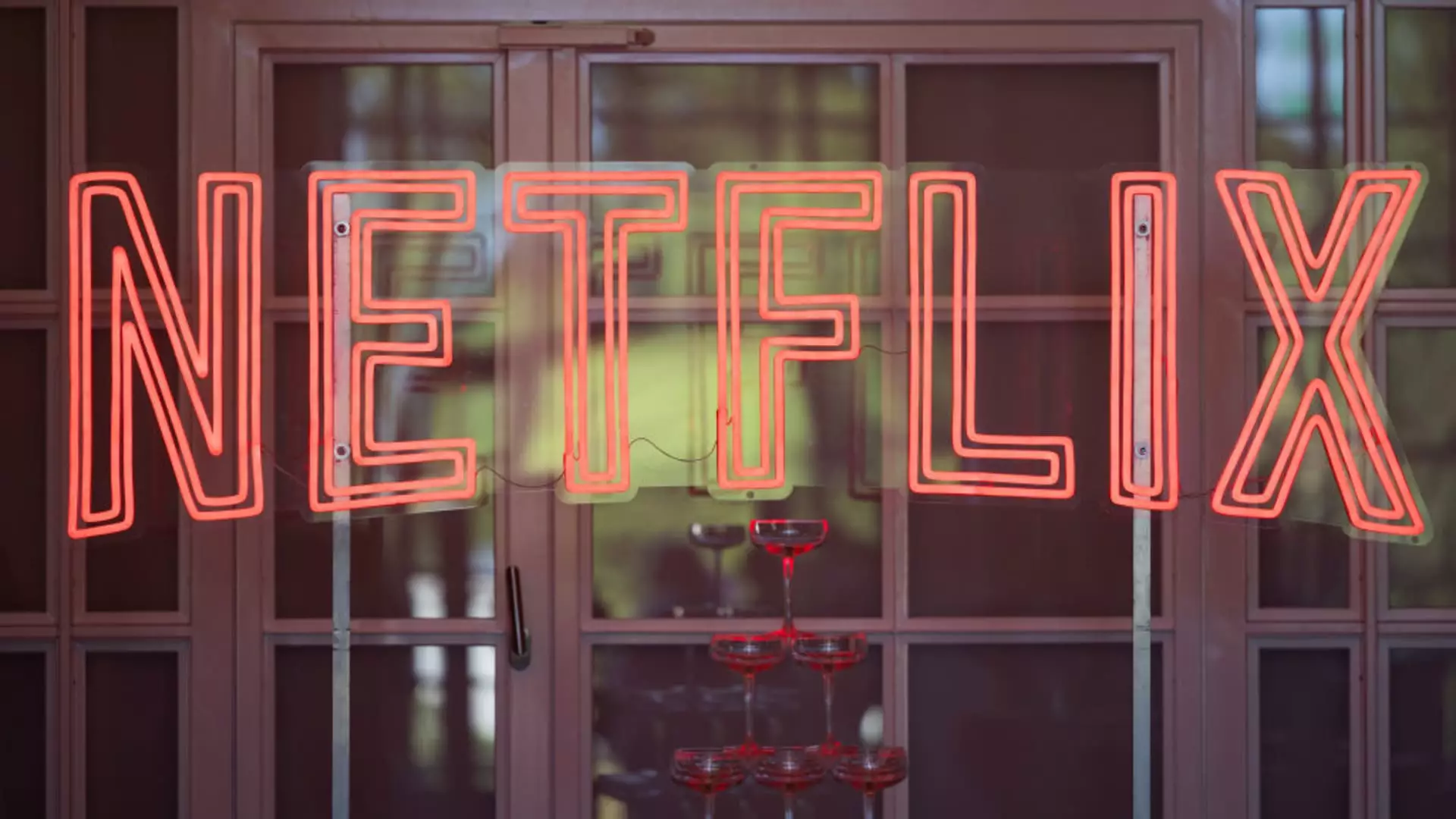In a move that has sent ripples through the streaming landscape, Netflix is adjusting its subscription prices across most of its U.S. plans. Announced on a Tuesday that is likely to become significant, the subscription for the standard plan without commercials will jump from $15.49 to $17.99 monthly. Meanwhile, its newer ad-supported offering, designed to lure a broader audience into its streaming services, will climb from $6.99 to $7.99. Additionally, the premium tier will undergo a shift, rising from $22.99 to $24.99 per month. Netflix’s latest pricing overhaul does not confine itself to the U.S. market; similar increases are slated for Canada, Portugal, and Argentina. This strategy feels in line with an industry-wide trend where streaming platforms, including competitors like Disney+ and Warner Bros. Discovery’s Max, are resorting to price increases as part of their quest for profitability.
The streaming services landscape has faced considerable fragmentation and competition in recent years, leading to an uptick in subscription costs. Ted Sarandos, Netflix’s co-CEO, notably remarked during an investor conference that any price increase introduced must be justified by compelling content and high subscriber engagement. He pointed towards a slate of planned shows and movies for 2025 as a basis for increased costs. The challenges Netflix faces are not to be underestimated. With a multitude of platforms vying for viewer attention, any misstep in content delivery or price management could further dent subscriber numbers, something the company has experienced recently.
Evolution of Netflix Subscription Tiers
Netflix’s pricing strategy has culminated in significant alterations over the last few years. In 2022, the standard plan’s price was revised, and earlier this year, the premium plan experienced its own costs adjustment. Concurrently, Netflix also did away with the low-cost basic ad-free tier soon after rolling out the ad-supported service in November 2022. This maneuver came as an answer to stagnating subscriber growth at that time. Data from November indicated that Netflix successfully attracted 70 million global users to its ad-supported models—which had never seen a price change—unlike its other plans. This inconsistency indicates a critical pivot; a step toward placing more weight on its evolving tier system.
Password Sharing Crackdown: Switching Strategies
In addition to the price adjustments, Netflix has taken a more aggressive stance regarding password sharing, a significant issue that has plagued the service and affected revenue streams. To tackle this, subscribers can now add “extra members” to their profiles at a rate that will also see a price bump, elevating standard plans without commercials from $7.99 to $8.99 per month for these additional users. Conversely, ad-supported plans remain unaffected by this particular price increase. This shift towards a stricter enforcement model aims to bolster Netflix’s subscriber count and associated revenues.
Interestingly, the implications of these price hikes seem to be positive, at least in the short term. Netflix announced the addition of an astounding 19 million paid memberships during the fourth quarter of last year, pushing the global subscriber count past 300 million. This boon raises questions about the sustainability of such growth amid the increasing costs. Can Netflix continue to attract new subscribers even as it raises its prices? The correlation between content release strategies, user engagement, and price hikes will warrant close monitoring in the coming months and years.
The streaming giant finds itself at a crucial juncture—efforts to reclaim profitability through heightened subscription fees and vigilant sharing policies come hand-in-hand with the inherent risks of alienating its existing user base. As content providers heighten their pricing strategy amidst rising production costs and a competitive digital landscape, the challenge for Netflix remains: deliver unrivaled content quality and relevance while justifying the new pricing structure to loyal fans. Ultimately, the trajectory of Netflix’s pricing reforms will evolve based on consumer response, market dynamics, and an unwavering focus on quality entertainment.

